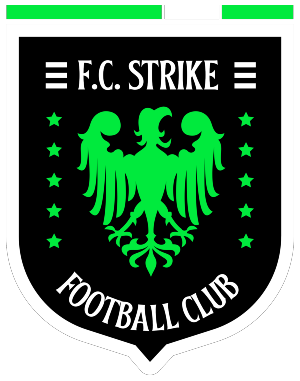Hello Soccer Parents,
As your children engage in the beautiful game of soccer, their safety is, undoubtedly, your number one priority. Concussions, a type of traumatic brain injury, are a serious concern in all contact sports, including soccer. Understanding the protocol for dealing with potential concussions is crucial to safeguarding our children’s health. This post aims to help you understand what to expect if a concussion is suspected during a match.
What is a Concussion?
A concussion is a type of brain injury that can occur from a blow to the head or body, a fall, or any other incident that shakes the brain inside the skull. Symptoms can include headaches, confusion, lack of coordination, memory loss, nausea, or even unconsciousness in some cases.
What is the Concussion Protocol?
Soccer organizations around the world have established protocols to assess and manage potential concussions in the interest of player safety. While the specific steps may vary somewhat, they generally include the following:
- Immediate Response: If a player sustains a significant impact to the head, play is stopped immediately. A healthcare professional, usually the team’s athletic trainer or a medic present at the match, will then perform an initial assessment.
- Removal from Play: If a concussion is suspected, the player is immediately removed from the game. It’s essential to understand that no game or performance is more important than your child’s health.
- Evaluation: The healthcare professional will perform a thorough evaluation, which can include a series of questions and physical tests to assess symptoms, cognitive function, balance, and coordination.
- Rest and Recovery: If a concussion is confirmed, the player will need a period of rest and gradual return to activities. This is a vital step in recovery, as returning to play too soon can lead to more severe injuries.
- Gradual Return to Play: Before returning to soccer, the player must be symptom-free and cleared by a healthcare professional. Typically, there is a step-by-step process that starts with light physical activity and gradually increases in intensity, as long as no symptoms return.
How Can Parents Help?
As a parent, your role in managing a potential concussion is critical. Here are some ways you can help:
- Stay Informed: Understand the signs and symptoms of a concussion. If your child sustains a head injury, look out for symptoms like headache, dizziness, confusion, difficulty concentrating, or behavioral changes.
- Encourage Honesty: Teach your child the importance of being honest about their symptoms. They might want to continue playing, but they need to understand that their health is paramount.
- Follow the Protocol: If a concussion is suspected, ensure that your child is immediately removed from play and properly evaluated.
- Oversee Recovery: Once a concussion is diagnosed, ensure your child gets plenty of rest and follows the healthcare professional’s recovery plan. Also, maintain communication with coaches to ensure a safe and gradual return to play.
Wrapping Up…
As soccer parents, we all want our kids to excel and enjoy the sport. But safety should always come first. By understanding the concussion protocol, you can help ensure that your child and their teammates play the game in the safest possible environment.
Remember, in soccer, as in life, it’s not just about winning; it’s about playing the game right, respecting the rules, and above all, staying safe. See you on the sidelines!
Coach Mick

